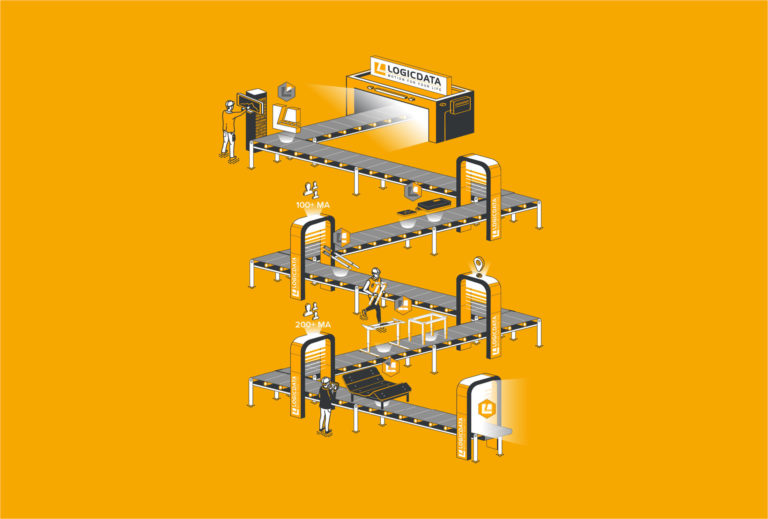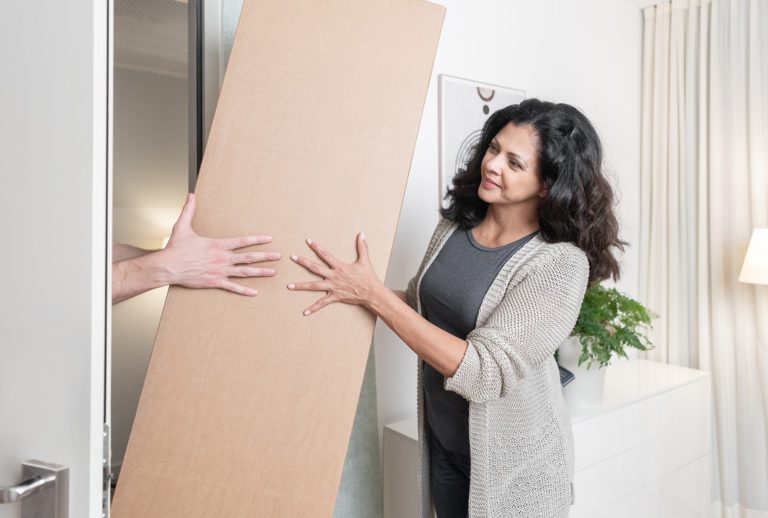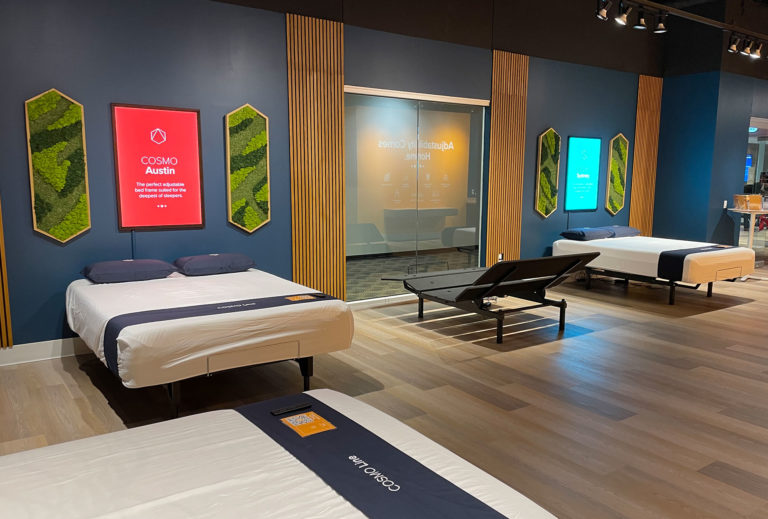Risky Business: Why Companies Should Not Ignore Ergonomics in a Post-Covid World
October 27th, 2020

When the coronavirus crisis began to bite in the early months of 2020, business owners had many questions. Will my team still function away from the office? When will my employees be able to work from their desks again? Will I need to make changes when they do return?
Although most companies appear to have adapted to remote working quite well, many questions on how offices will look even in a few months’ time are yet to be answered. While there are many opinions on the future of office working – ranging from a full return to “normal” at one end to a totally virtual office environment at the other – there are many aspects to be considered by both manufacturers and buyers of office equipment in the years ahead.
In this article, we’ll look at some of the most interesting prevailing ideas for the office after coronavirus and explore how the changes in priorities for offices can complement, rather than replace, ergonomic working solutions.
The Trendsetters
Before the coronavirus crisis struck, the office furniture industry was already at something of a crossroads. With home working already on the rise, desk inoccupancy was one of the primary causes of inefficiency in planning. While desk-sharing concepts were touted as the solution to the issue, the current crisis has complicated the situation. Although it would make sense to save resources by creating coworking areas, sharing office equipment with colleagues would need to be carefully managed in terms of hygiene. Despite this uncertainty, there are a number of other aspects that we know will definitely need to be considered in future plans for offices around the world.
- Space. Governments may, in the future if they haven’t done so already, provide guidelines that govern how many people are permitted to work in offices of certain sizes. This would make “space saving” office measures more or less redundant: expect a shift towards larger desks before too long.
- Separation. It is unlikely that distancing desks will prove sufficient on its own. Although the corporate world embraced open-plan offices after the misery of the cubicle system, some form of partitioning appears inevitable in the future. Keep an eye out for adjustable partitions, particularly from materials that can be disinfected easily.
- Cleaning. Not only will offices need to be cleaned more often and more thoroughly due to coronavirus, but the materials office tables and chairs are made of will also need to be easier to sanitize and more resistant to abrasive cleaning agents. Material selection will become a huge concern, both in terms of effectiveness and price.
- Ventilation. Research suggests that coronavirus spreads faster in confined spaces. As such, ventilation will be key to a return to the office: not just by placing desks closer to windows, but by paying attention to natural airflows in indoor spaces.
However, while these changes will pose a challenge for all but the best-prepared companies, other firms are beginning to think laterally. One radical idea would be to move the entire office outside, a solution that a company in Los Angeles has embraced with relish in the creation of a unique coworking space. With sheltered outdoor spaces featuring plenty of natural light and plants, this utopian approach is surely the way forward: not only is it a pleasant environment to work in, outdoor working considerably reduces the risk of infection. But just how feasible is it? While outdoor offices are imaginative and idealistic, LOGICDATA Vice President of Sales and Marketing Stefan Kieler is not convinced:
“Companies that have the resources – financial and spatial – to make use of concepts of that magnitude can make their workplaces hugely attractive for their employees. Meanwhile, smaller firms have the flexibility of saving on overhead by moving to well-appointed coworking facilities. However, for the vast majority of companies in the middle, especially given the current global financial situation, the challenge will be turning their offices into safe spaces at comfortable price point.”
A Question of Ergonomics
With so much focus on social distancing and biological safety, the topic of office ergonomics has been largely pushed into the background. Much of this is logical: the coronavirus topic is so all-consuming that it is often difficult to see the wood for the trees.
Despite this, the clear dangers of excessive sitting will not go away just because we are focusing on a different type of illness. Long term back and joint pain, in addition to more serious concerns like cancer caused by prolonged poor posture, are ticking time bombs that office workers would ignore at their peril. Especially for home office workers, who may spend long periods sitting on even less-suitable dining chairs or sofas, the consequences could be severe.
Sit-Stand office furniture remains the best way to counteract these hazards. Even sporadic periods of standing at work can dramatically improve posture and reduce the risk of long-term health issues: improving circulation and respiration and having positive impacts on alertness and stress.
Important, especially for companies like LOGICDATA, is to ensure that ergonomics and health are two sides of the same coin: that users can avoid coronavirus and posture problems in a single package. A product that does this is our own LOGIClink Personal: an existing technology, but one that could have been tailor-made for the health-conscious workspace.
LOGIClink’s intelligent design ensures minimal surface contact and provides resiliency to effective cleaning agents. Meanwhile, hands-free use and wireless desk control via the MOTION@work app reduces the risk of infection from shared surfaces. Combined with a more conscientious desk layout and easily-cleanable surfaces – the LOGICDATA’s Hand Controls are resistant to sanitization with agents that kill coronavirus too – there is no reason why working in an office in the “new normal” should be a less ergonomically-promotive experience, a view shared by LOGICDATA North America’s President Dexter Weber:
“The coronavirus crisis has shaken many of the things we took for granted in the office, and indeed in the office furniture industry. Things will change. However, rather than ripping up the progress we’ve made over the last 20 years, I think the trends towards corona-safe and ergonomically-friendly working will eventually merge in the next generation of office products. Not just in the office, but for the increasing numbers of people working from home as well.”
The Same. But Different
As with all design concepts, it is extremely unlikely that any particularly radical examples will be implemented in their entirety. More likely, due to tightening budgets and a general conservatism among more established companies, changes to the way we work will be implemented piece by piece.
Eventually, the outlook of the modern office will come down to three aspects: how well new products are aligned with post-Covid regulations, what returning office workers actually want from their workspaces, and – most importantly – how much the new technology will cost to implement. Stefan Kieler is well aware of the challenges this will entail:
“If the current crisis shows us anything, it is that the market for office furniture is reactive: the winners will be those who respond fastest when the dust begins to settle, and the future of the office becomes more concrete.”
Find out more about LOGIClink and our range of easily-cleanable Hand Controls on our website.



